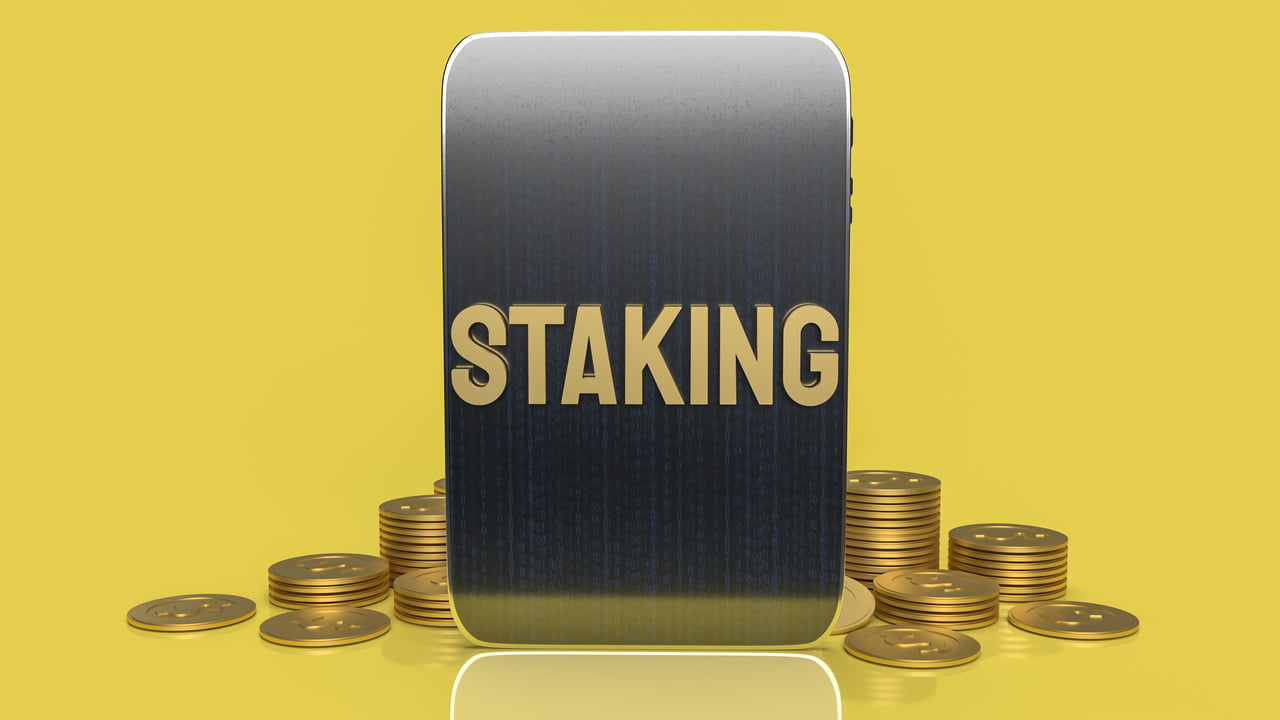Cardano (ADA) is one of the most popular cryptocurrencies and has a massive following. While many cryptos have short hypes and make massive profits in a short time, Cardano is a long-term project, which has gained an extremely large number of loyal followers over time. Cardano staking is an interesting aspect of the project.
Staking is an excellent way to generate passive income as a retail investor. Especially with Cardano, staking is worthwhile in the long term because the network has proven to be sustainable and reliable. We recommend trying Cardano Staking if you want to dive into the world of staking.

In this article, we explain how staking works in general, how you can start with Cardano staking, and where you should start Cardano staking. What are the best platforms and how do they work? Let’s dive right in.
[tor]
-----Cryptonews AD----->>>Sign up for a Bybit account and claim exclusive rewards from the Bybit referral program! Plus, claim up to 6,045 USDT bonus at . https://www.bybit.com/invite?ref=PAR8BE
<<<-----Cryptonews AD-----
What is Staking?
When it comes to staking, we are talking about a process in which you use tokens from a crypto network (e.g. Cardano’s ADA token) to validate transactions within the network. The basis for staking is the Proof-of-Stake (PoS) consensus mechanism. This is an alternative to Proof-of-Work (PoW) used in Bitcoin. Modern cryptocurrencies like Cardano, Solana, or Algorand use this consensus.

All owners of the network token can participate in the PoS. You deposit tokens into a staking pool. Then a random selection is made as to which participant validates the transaction. The probability increases with the number of tokens used. The PoS has the advantage that it is much more energy-efficient and involves the entire community of a blockchain network more equally than PoW.
Of course, users who make their tokens available to a staking pool receive rewards in return, mostly in the form of new coins, when they choose to validate them. This allows these users to regularly earn new coins through staking and thus build up a passive income.
What is Cardano Crypto?
Cardano is a cryptocurrency founded by Ethereum co-founder Charles Hoskinson. The project started in 2017 and since then has almost always been among the 10 most valuable cryptocurrencies by market capitalization.

Cardano has set itself the goal of researching the vulnerabilities of other blockchain networks, fixing them and thus creating an optimized network that is decentralized, secure and highly scalable. Cardano’s network token is the ADA and is used for transactions on the Cardano blockchain. The blockchain uses the proof-of-stake consensus mechanism.
Cardano features a long-term development plan divided into 5 major phases. These phases are:
- Byron: Foundation
- Shelley: Decentralization
- GoguenSmart Contracts
- Basho: Scaling
- VoltaireGovernance
Here you can find more information about the Cardano Roadmap.

At the moment Cardano is in the basho phase and the developers are working on making Cardano highly scalable and achieving extremely fast transaction speeds.
What is Cardano Staking?
As already mentioned, Cardano uses the efficient Proof-of-Stake consensus mechanism, which not only keeps transaction costs low, but also invites users to stake. The users who are in possession of ADA tokens can stake them and thus participate in the validation process of the Cardano blockchain.
The special thing about Cardano is that the network has the highest staking quota of all known blockchain networks. Up until last year, around 70% of all ADA tokens in circulation were staked.
How to Stake Cardano?
There are basically 2 ways to operate Cardano staking:
- Stake yourself
- Staking through an exchange or broker
Let’s briefly describe what both can do.
1. Staking yourself
In order to operate Cardano staking yourself, you need a suitable Cardano wallet and must delegate your ADA tokens to a staking pool from this wallet. There are two different ways to do this:
- Daedalus is a desktop wallet and is recommended for more advanced Cardano users.
- Yoroi is more geared towards beginners. You can use the wallet as an extension for your browser.
The process for both wallets for Cardano staking is similar. Here‘s a guide to setting up and staking. You can also find an overview of the Cardano staking pools to which you can delegate your ADA tokens here.
2. Via exchanges and brokers
If setting up the wallet and delegating to the Cardano staking pools is too complicated for you, you can use certain platforms on which you can do Cardano staking. Crypto exchanges specialize in cryptocurrencies, while brokers are mostly traditional platforms that also offer cryptocurrency trading.
Cardano staking with Binance
Binance is the world’s largest and most well-known crypto exchange. Cardano staking is possible on it without any problems. In addition to Cardano, Binance has around 30 other cryptocurrencies to choose from that you can stake. Overall, Binance offers over 100 cryptocurrencies that you can trade.

>>CLICK HERE TO STAKE AT BINANCE<<
Cardano staking with Coinbase
Coinbase is another major exchange where you can stake Cardano. The company is listed on the American NASDAQ and offers an excellent selection of different cryptocurrencies.

>>CLICK HERE TO OPERATE AT COINBASE STAKING<<
Cardano staking with Kraken
Kraken is the third exchange in our selection. The platform offers a simple user interface and a total of 12 cryptocurrencies (including Cardano) that you can stake.

>>CLICK HERE TO STAKE AT KRAKEN<<
Cardano staking with eToro
The well-known broker eToro offers Cardano staking. As a user, you only have to open a trading position for the Cardano ADA token. You must then have the token in your portfolio for at least 9 days. After this time, eToro will automatically start staking for its users. At the end of the month, the platform distributes the rewards to its users.

What are the returns on Cardano staking?
When staking Cardano, the returns depend on a variety of factors. These include the size of the staking pool, the pool fees, or the platform fees. Most platforms give you 4-6% annual returns.
You can also use a staking calculator to calculate your return. You can use this link to easily calculate your average returns.






